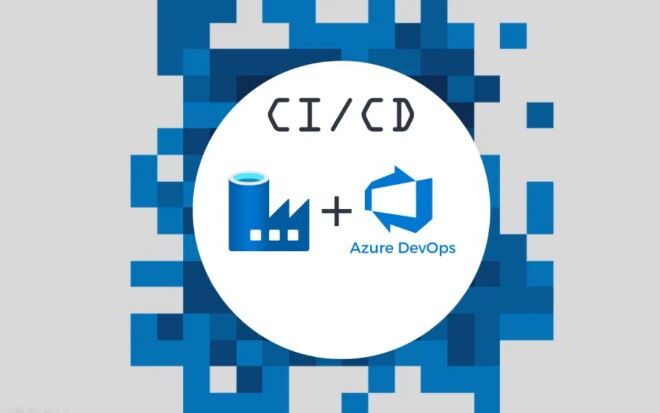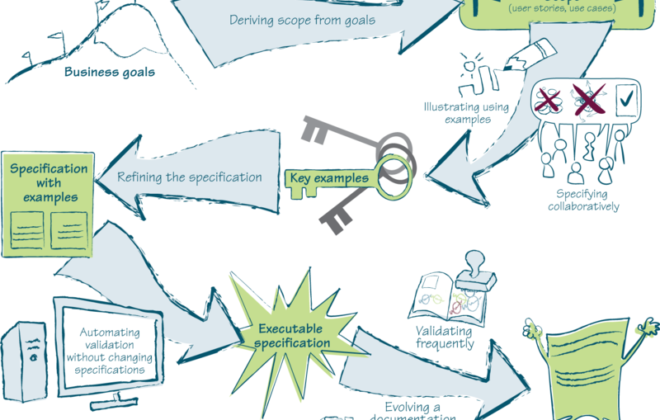Discover the Top 10 Tools for Mobile Application Development
In today’s digital era, mobile applications have become indispensable for businesses and individuals alike. With the ever-increasing demand for innovative and user-friendly mobile apps, developers are constantly seeking tools and technologies to streamline the app development process. In this article, we’ll explore the top 10 tools for mobile application development, each offering unique features and capabilities to empower developers in creating cutting-edge mobile experiences.
Why Mobile Application Development Matters:
Mobile applications have revolutionized the way we interact with technology, offering convenience, accessibility, and personalized experiences to users worldwide. From e-commerce and social networking to productivity and entertainment, mobile apps cater to diverse needs and preferences. In today’s hyper-connected world, businesses leverage mobile apps to engage customers, drive sales, and enhance brand loyalty. Thus, mastering mobile application development is crucial for developers aiming to stay ahead in the competitive digital landscape.
Understanding the Mobile Development Landscape:
Before delving into specific tools, it’s essential to grasp the mobile development landscape. Mobile app development encompasses various platforms, including iOS, Android, and cross-platform solutions. Developers must consider factors such as target audience, device compatibility, and app performance when choosing the right development approach. Additionally, staying updated on emerging trends and technologies is vital for delivering high-quality mobile experiences.
Exploring Cross-Platform Development Tools:
Cross-platform development tools enable developers to build apps that run seamlessly on multiple operating systems. Tools like Xamarin, React Native, and Flutter facilitate code reusability, reducing development time and costs. By leveraging cross-platform frameworks, developers can reach a broader audience without compromising app performance or user experience.
Native Mobile Development Frameworks:
For developers seeking maximum performance and platform-specific features, native development frameworks are the go-to choice. Platforms like Swift for iOS and Kotlin for Android offer robust tools and libraries for building high-performance native apps. While native development may require more specialized skills, it provides unparalleled performance and seamless integration with platform-specific functionalities.
Integrated Development Environments (IDEs):
IDEs play a pivotal role in the app development process, providing developers with tools for coding, debugging, and testing their applications. Popular IDEs such as Android Studio, Xcode, and Visual Studio offer comprehensive suites of features tailored to the needs of mobile developers. With intuitive interfaces and robust debugging capabilities, IDEs streamline the development workflow, enabling developers to build and deploy apps efficiently.
Mobile App Analytics and Testing Tools:
Analytics and testing are essential phases of the app development lifecycle, ensuring app performance, usability, and user satisfaction. Tools like Firebase Analytics, Google Analytics, and AppDynamics provide valuable insights into user behavior, app performance, and crash reports. By leveraging analytics and testing tools, developers can identify areas for improvement and optimize their apps for better user engagement and retention.
UI/UX Design Tools for Mobile Apps:
User interface (UI) and user experience (UX) are critical aspects of mobile app design, influencing user engagement and retention. Design tools like Sketch, Adobe XD, and Figma offer intuitive interfaces and powerful features for creating visually appealing and user-friendly app interfaces. With drag-and-drop functionality and real-time collaboration, these tools empower designers to bring their creative visions to life.
Mobile Backend-as-a-Service (MBaaS) Platforms:
Backend-as-a-Service (BaaS) platforms provide essential backend functionalities, such as data storage, user authentication, and push notifications, allowing developers to focus on building frontend features. Platforms like Firebase, AWS Amplify, and Backendless offer scalable and secure backend solutions for mobile apps, reducing development time and infrastructure costs. By leveraging MBaaS platforms, developers can accelerate the app development process and deliver feature-rich experiences to users.
Security and Performance Optimization Solutions:
Security and performance are paramount in mobile app development, as users expect robust protection against data breaches and optimal app performance. Tools like Proguard, Appknox, and Firebase Performance Monitoring offer comprehensive solutions for securing and optimizing mobile apps. From code obfuscation and encryption to real-time performance monitoring and optimization, these tools help developers build secure, high-performance apps that meet the highest standards of quality and reliability.
FAQs
Can I use cross-platform development tools for complex mobile applications?
Yes, cross-platform development tools like Xamarin and Flutter are suitable for building complex mobile applications. These tools offer robust features and capabilities for developing apps with native-like performance and user experience.
Are native development frameworks limited to specific platforms?
Yes, native development frameworks like Swift and Kotlin are tailored to specific platforms, such as iOS and Android, respectively. While native development offers maximum performance and platform integration, it requires separate codebases for each platform.
How can mobile analytics benefit app development?
Mobile analytics provide valuable insights into user behavior, app performance, and engagement metrics. By analyzing user data, developers can identify trends, optimize app features, and enhance the overall user experience.
What role do UI/UX design tools play in mobile app development?
UI/UX design tools enable designers to create visually appealing and user-friendly app interfaces. With features like drag-and-drop functionality and real-time collaboration, these tools streamline the design process and ensure seamless integration between design and development.
How do MBaaS platforms simplify mobile app development?
MBaaS platforms provide essential backend functionalities, such as data storage, user authentication, and push notifications, eliminating the need for developers to build and manage backend infrastructure. By leveraging MBaaS platforms, developers can focus on building frontend features and delivering innovative app experiences to users.
What measures should developers take to ensure mobile app security?
Developers should implement robust security measures, such as code obfuscation, encryption, and secure authentication protocols, to protect mobile apps from security threats. Additionally, regular security audits and penetration testing can help identify vulnerabilities and mitigate potential risks.
Conclusion:
In conclusion, mastering mobile application development requires a comprehensive understanding of the tools and technologies available in the market. By leveraging the top 10 tools for mobile application development discussed in this article, developers can streamline their workflow, enhance app performance, and deliver exceptional user experiences. Whether you’re a seasoned developer or a newcomer to mobile app development, exploring these tools will empower you to build innovative and impactful mobile apps that resonate with users worldwide.
Related Posts
Leave a Reply Cancel reply
Service
Categories
- DEVELOPMENT (102)
- DEVOPS (53)
- FRAMEWORKS (25)
- IT (24)
- QA (14)
- SECURITY (13)
- SOFTWARE (13)
- UI/UX (6)
- Uncategorized (8)




